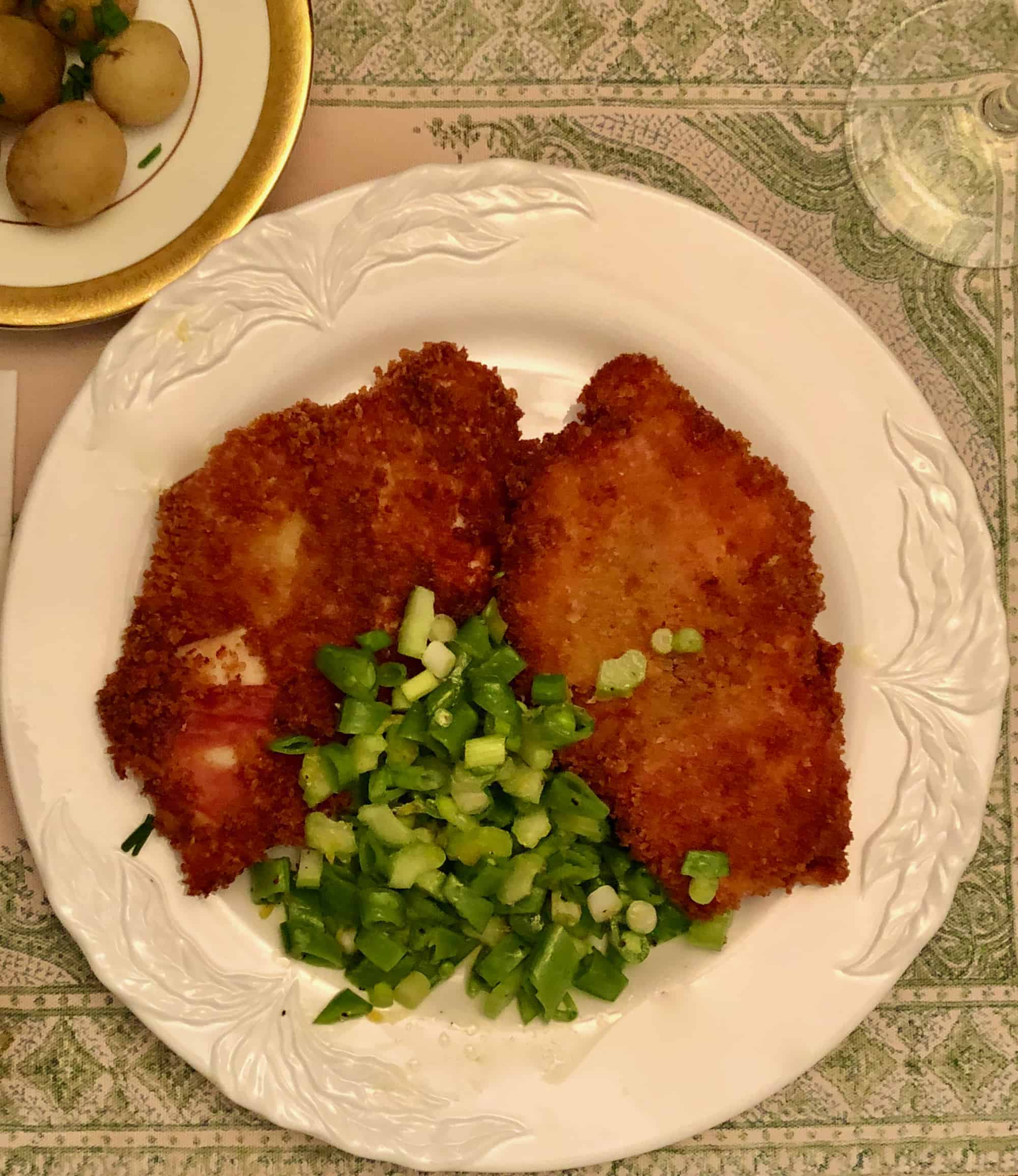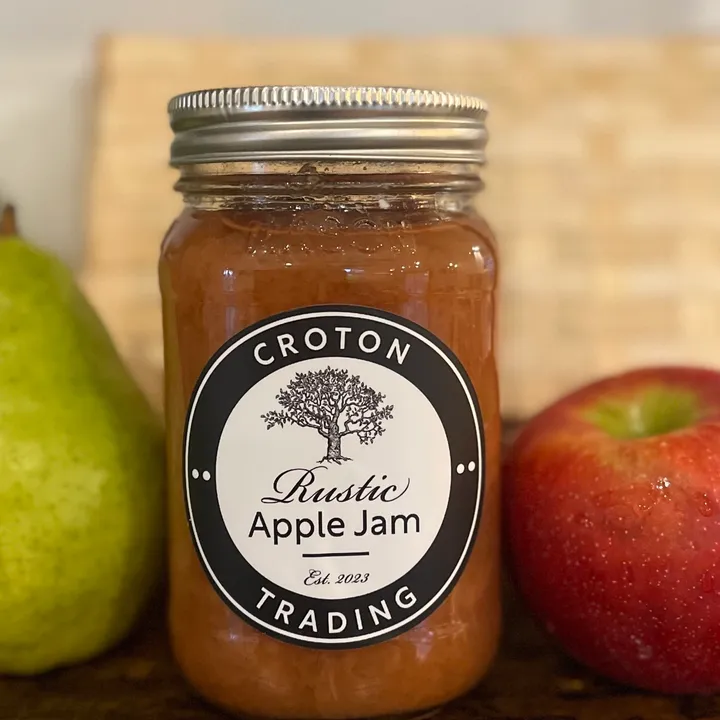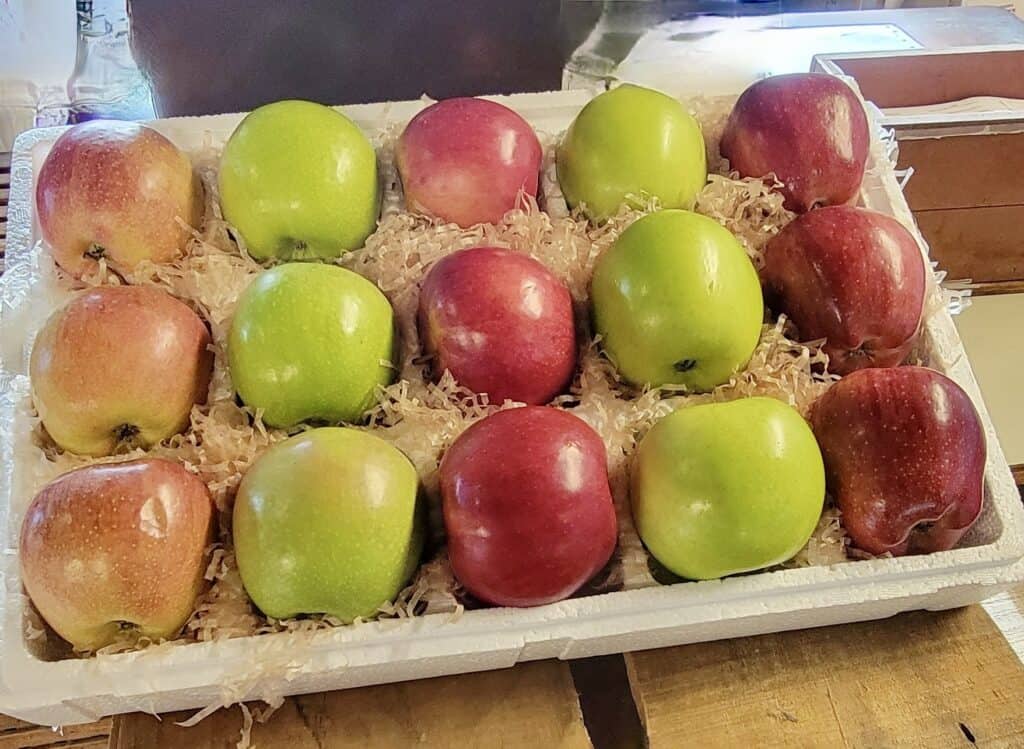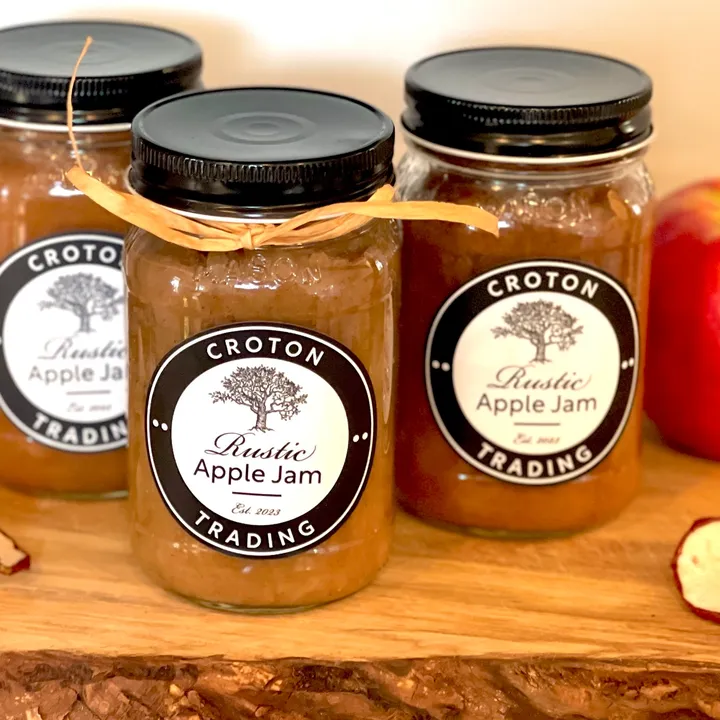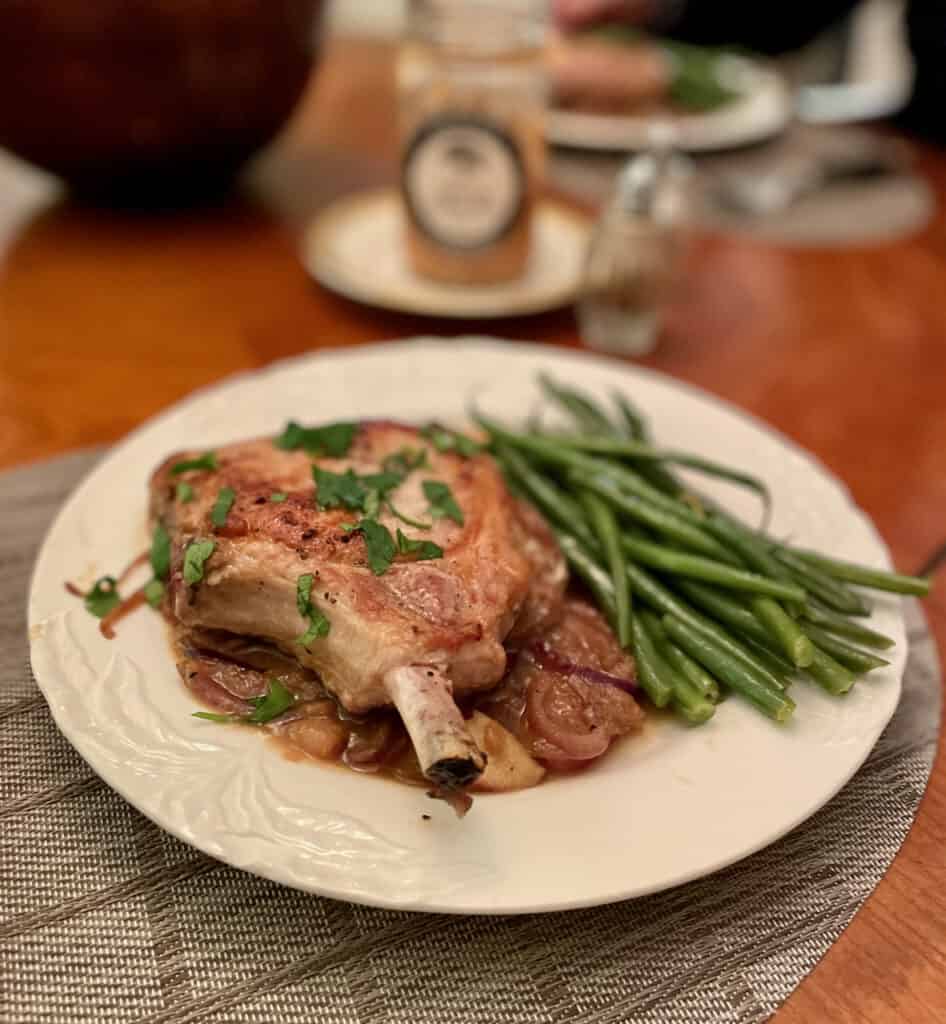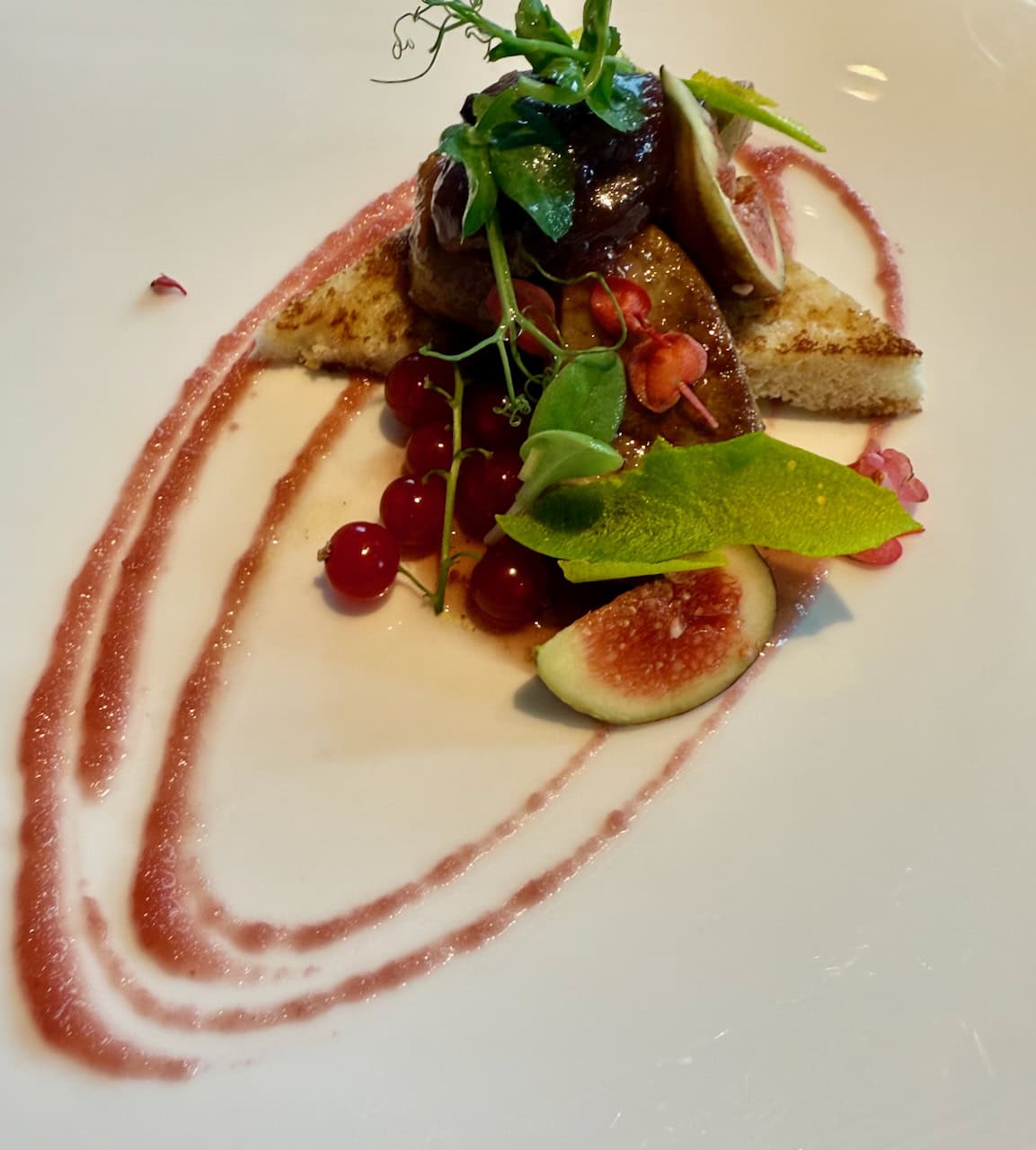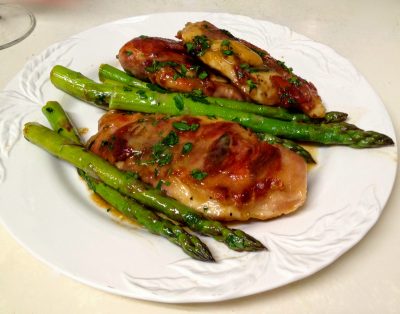
This glorious dish is a cultural mash-up if we’ve ever cooked one.
In our quest to find infinite numbers of ways to cook boneless skinless chicken breasts we came across this recipe. It is a chicken cutlet that looks for all the world like any Milanese or Shnitzel. The surprise comes when you cut into it and taste the flavor of the great French Jambon de Bayonne. As to calling it “Saltimbocca”, that’s a bit of stretch. Saltimbocca alla Romana uses veal. The meat is wrapped in Prosciutto and sage leaves and then marinated in Marsala or white wine. It is never breaded and it is gently sauteed in butter, olive oil, and more wine. It has a lovely sauce that’s missing here. The dish does however live up to the meaning of Saltimbocca. The name is derived from the Italian “Saltare” which means “to leap”, “im” is in and bocca is “mouth”. And this dish really does deliver on that.
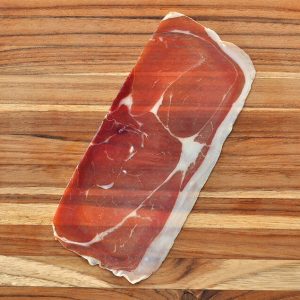 Why Jambon de Bayonne?
Why Jambon de Bayonne?
In all honesty, because I had some! Jambon de Bayonne is the Prosciutto of France, its Jamon Iberico. That being said, Jambon de Bayonne is slightly sweeter, more delicately flavored with less salt to its taste than its European cousins. Sliced very thin, it has a chewy texture that’s worlds away from cooked hams. Bayonne ham takes its name from the port city of Bayonne in the far southwest of France. It is part of both Basque Country and Gascony. The area is defined geographically as the Adour River basin. While the meat itself doesn’t have to be raised there, it has to be produced from one of eight clearly defined breeds of pig. The regulations are very strict.
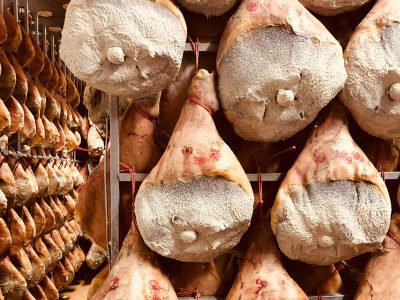 What makes Bayonne Ham so special?
What makes Bayonne Ham so special?
The making of Bayonne ham is highly regulated. The feed the animals consume bans all steroids, fish oils, and antibiotics. Each animal is marked with a uniquely identifiable tattoo. The tra nsport, the slaughter, the size and weight of the original meat follow strict rules. Minimum fat cover, linoleic acid content, and post-slaughter storage temperature are all specified. In late October and early November, the hams are slaughtered then rubbed in local salt. They hang in the drying room until around February 1st. In the next part of the process, a mixture of pork fat and flour called pannage is used to seal the cut end of the joint. The final drying stage is completed by the end of July The cured hams are marked with the Basque Cross topped with the name Bayonne. Here’s the recipe including the Crunchy Pea Salad shown.
nsport, the slaughter, the size and weight of the original meat follow strict rules. Minimum fat cover, linoleic acid content, and post-slaughter storage temperature are all specified. In late October and early November, the hams are slaughtered then rubbed in local salt. They hang in the drying room until around February 1st. In the next part of the process, a mixture of pork fat and flour called pannage is used to seal the cut end of the joint. The final drying stage is completed by the end of July The cured hams are marked with the Basque Cross topped with the name Bayonne. Here’s the recipe including the Crunchy Pea Salad shown.
Chicken Saltimbocca with Jambon de Bayonne
A crispy Panko crust gives way to a surprise! A chicken cutlet enwrapped in France's famed Jambon de Bayonne.
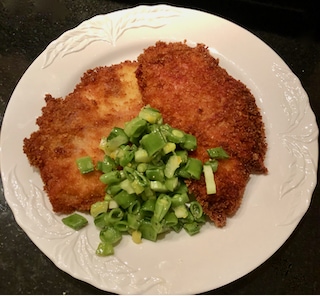
Ingredients
- For the Chicken Saltimbocca:
- 2 (8-oz.) skinless, boneless chicken breasts
- 3 large eggs, beaten to blend
- 2 cups panko
- 3/4 cup all-purpose flour
- Kosher salt
- 8 sage leaves
- 4 thin slices Jambon de Bayonne
- 2 cups vegetable oil
- For the Crunchy Pea Salad:
- 4 scallions, very thinly sliced on a diagonal
- 8 oz. sugar snap peas, strings removed, thinly sliced
- 1/2 cup mint leaves, torn if large
- 2 tsp. finely grated lemon zest
- 1 Tbsp. fresh lemon juice
- 1 Tbsp. extra-virgin olive oil
- Flaky sea salt
- Lemon wedges (for serving)
Directions
- Step 1 Place a chicken breast on a cutting board. Holding a knife parallel to board and working along a long side, cut through the center of the breast until you are 1/2″ from the other side. Open like a book and place butterflied breast between 2 sheets of plastic wrap. Gently pound as thin as possible without tearing meat—about 1/4″ thick and 8″ wide is ideal. Repeat with remaining breast.
- Step 2 Place eggs, panko, and flour in separate shallow bowls (cake pans or pie plates work great). Season cutlets lightly with kosher salt. Working with 1 cutlet at a time, press 2 sage leaves onto both sides of the meat. Wrap 2 pieces of prosciutto around each cutlet. Dredge in flour, shaking off excess. Dip in eggs, letting excess drip back into the bowl. Coat in panko, pressing lightly to help it adhere, then shaking off excess. Place cutlets on a rimmed baking sheet.
- Step 3 Heat vegetable oil in a large skillet over medium-high until very hot (an instant-read thermometer should register 350°F–375°F). Carefully lower 1 cutlet along the side of the skillet closest to you and let it slide into the oil so it’s lying flat. Swirl oil in skillet carefully so that cutlet is submerged and cook just until bottom side is golden brown, about 2 minutes. Using tongs, carefully turn and cook until golden brown on the other side, about 2 minutes. Transfer to a wire rack. Season with kosher salt. Let sit for 5 minutes. Repeat with the remaining cutlet.
Pan-Seared Trout with Prosciutto and Chile Garlic Oil from Chef Alex Raij in Food and Wine Magazine
